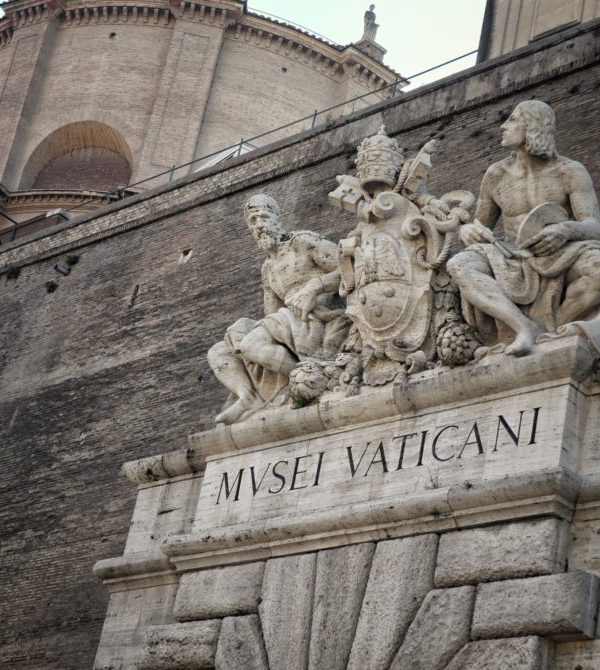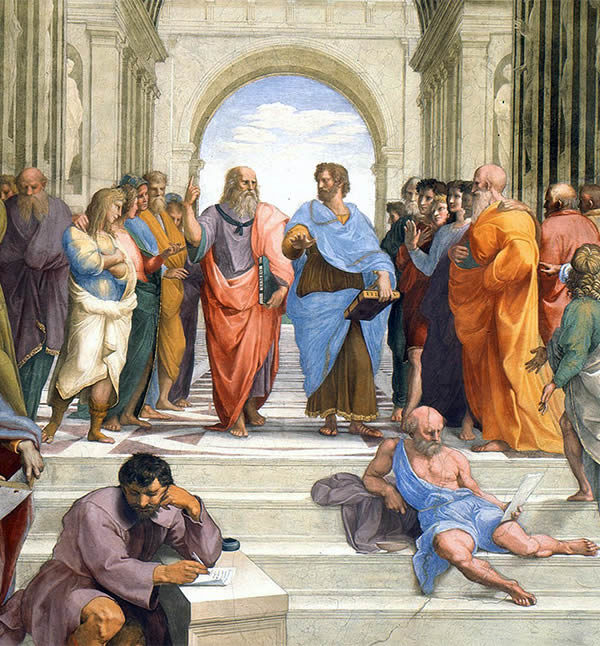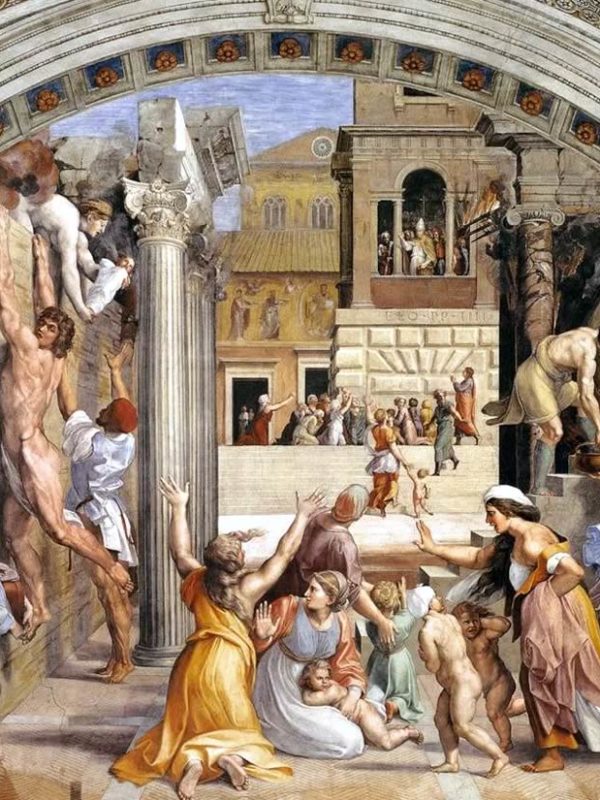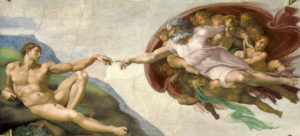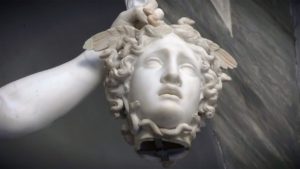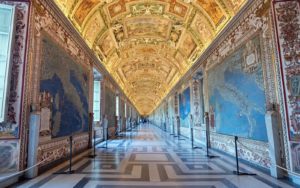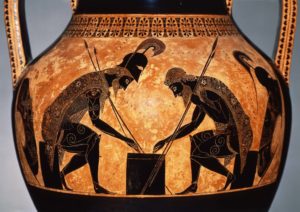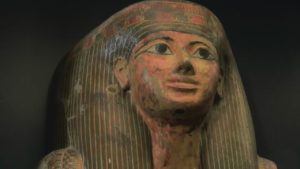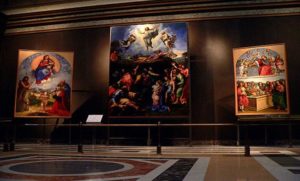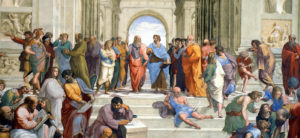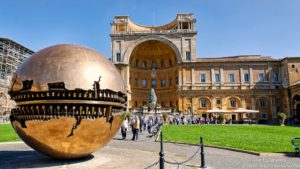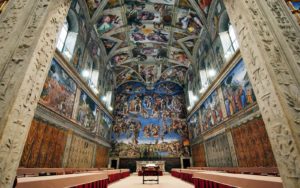The premises of the Vatican Museums house the works of painting and sculpture, as well as many other works of human ingenuity, collected over the centuries by the Supreme Pontiffs. The museums also include important artistic monuments, such as the Sistine Chapel, the Chapel of Beato Angelico, the Stanze and the Loggia di Raffaello and the Borgia Apartment. The Pinacoteca of the Vatican Museums is located in a building erected in 1932 to a design by the architect Feltrami, connected to the Palazzo dei Musei Vaticani (at the entrance to the Quattro Cancelli) by means of an elegant porch.
In a modern building, which is part of the museum complex, collections of archaeological objects of art and ethnological character have been placed, which make up the Christian, Profane and Missionary-Ethnological Museums, once housed in the Lateran Palace.
In 1973 the Collection of Modern Religious Art was added to the Museums. The Historical Museum, which is located in the Lateran Palace, contains, among other things, relics of the Pontifical Military Corps.
The Museums are open from Monday to Saturday from 9:00 to 18:00 (last entry at 16:00). Closing day on Sunday, except for the last day of each month with free admission from 9:00 to 14:00 (last entrance at 12:30).
For more detailed information, visit The Holy See website.
The entrance is from Viale Vaticano, near Piazza del Risorgimento.
Various laboratories for the restoration of paintings, bronzes, marbles, tapestries and other materials kept in the museums are annexed to the museums, as well as a laboratory for diagnostics for conservation and restoration.
The Vatican Museums, despite the numerous dispersions due to wars, destruction and thefts, were formed progressively for subsequent enlargements, with works of art collected by the popes since the Renaissance: they still constitute one of the museum complexes today largest in the world.

